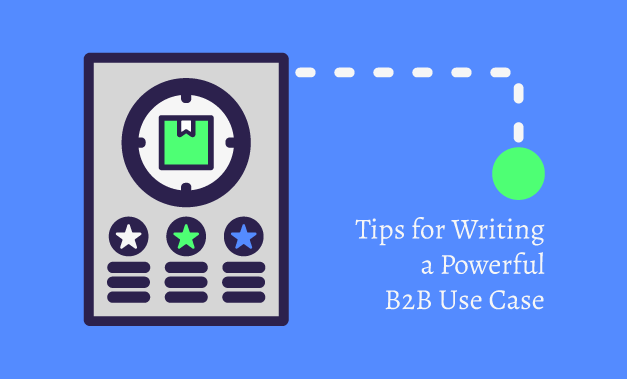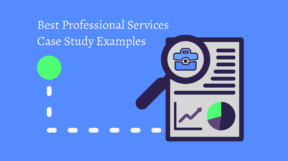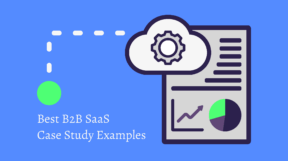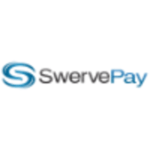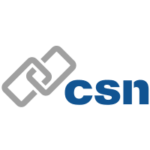B2B Use Cases can be just the tools your marketing and sales teams need, but why? What are they, exactly, and what makes them so effective? This article provides the answers to those questions and hopefully inspires you to invest time in creating B2B Use Cases yourself.
What are Use Cases?
A B2B Use Case showcases a company’s product and service and explains how it might be used in a real-world scenario. It highlights the features and benefits of the company’s offering by describing the product or service in use. Unlike a Case Study, a B2B Use Case doesn’t focus on a specific client’s success story. Instead, the product or service is the success story.
Take a look at one of the B2B Use Cases we created for a client to review an example.
Who Needs Use Cases?
B2B Use Cases achieve the same purposes that both Case Studies and White Papers do. They inform customers about the company’s offering by explaining how it works in a real-world setting. Additionally, they generate leads, nurture prospects, compel current clients, and influence investors. All these benefits make B2B Use Cases valuable marketing and sales tools for any company.
A B2B Use Case is also a great solution for companies who want Case Studies but don’t have clients to participate in them. Instead of writing about an anonymous client in a Case Study, these companies can choose to elaborate on their own offerings.
What Makes for a Great Use Case?
An effective B2B Use Case will follow the flow of a Case Study and tell a complete, cohesive story. In other words, it’ll introduce a problem, then present a solution, and finally showcase the results stemming from that solution.
Again, all this is achieved without focusing on a specific client. This means striking a balance between generalities and specifics. As an example, this B2B Use Case identifies a common but specific problem experienced by many businesses and explains just why it’s so challenging. This demonstrates that the company has a thorough understanding of the issues and is an expert at solving them.
A good B2B Use Case won’t get too technical or in-depth when describing the solution. Nitty-gritty details and lengthy, comprehensive explanations will bog down the story. In fact, B2B Use Cases should simplify complex concepts. Ultimately, readers just want to know that the company’s solution works. High-level summaries of the product or service in action will be sufficient as long as they’re about addressing and fixing the previously stated challenges.
A B2B Use Case’s results section will resemble that of a Case Study as well. Here’s the place to list the benefits of the product or service that can lead to customers improving or transforming their businesses.
Finally, smart companies write powerful B2B Use Cases with the target audience in mind. Who are the readers? What questions will they want answered? What reservations might they have? Identifying this audience allows the company to tailor the message of the Use Case to the right people.
Conclusion
B2B Use Cases are worth the time and effort it takes to develop them, and SuccessKit can help make the process that much smoother. Reach out to us at [email protected] for more information about how we manage and create them for our clients.
